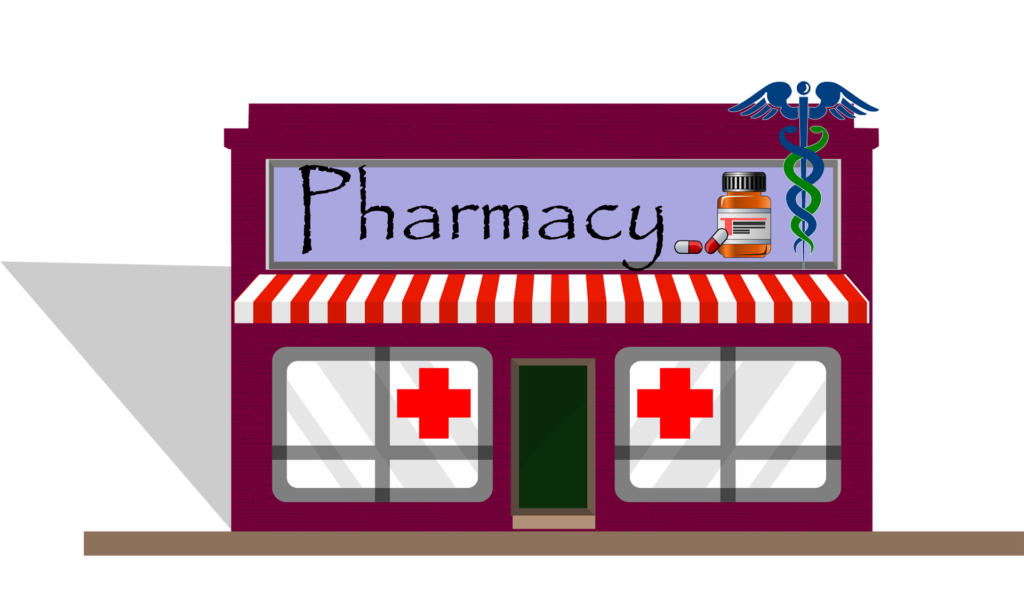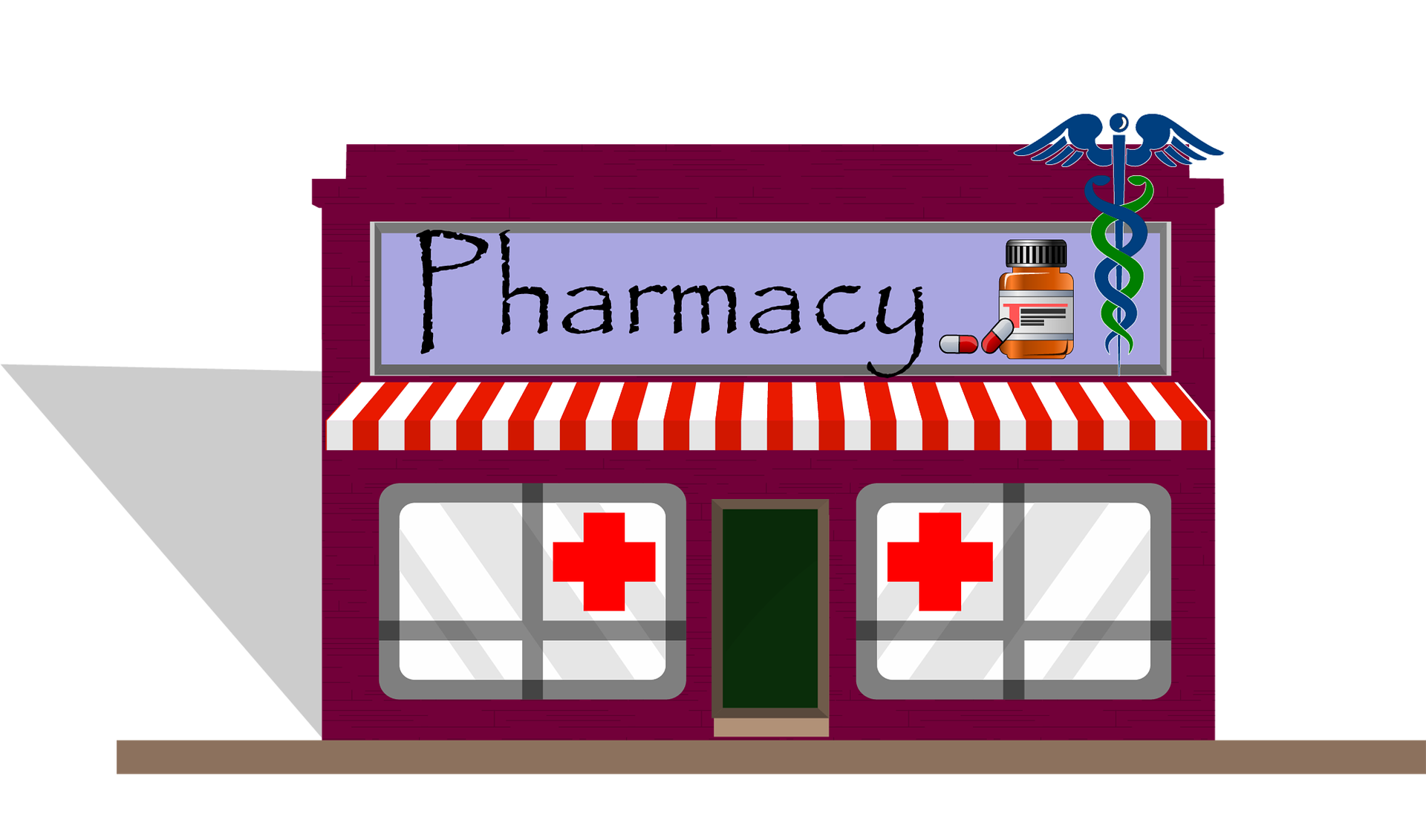
The operational efficiency of a pharmacy determines how quickly customers get their prescriptions and that their medication is correct and at the proper dosage. The healthcare organizations must adjust how they operate to improve profits and offer a higher quality of service to customers.
When addressing deficiencies that affect the company negatively, the owner starts with the optimization of the workflow. As workers improve and complete vital tasks faster, the customers are happier since there are shorter waits and fewer errors. Pharmacy techs and pharmacists follow new protocols by using fresh dispensary methods and maintaining more accurate EHRs.
1. Integrate Enhanced Software for the Business
A properly executed workflow management system protects against human error and streamlines how the business operates. The workers enter information about each customer into the system and save the data as they proceed.
Digital prompts stop them from forgetting any details. With the right integration, all medication touch points are easy to understand, and workers are familiar with why the prescriptions are used and for what conditions.
Comprehending the medications and their uses helps workers avoid errors that lead to drug interactions and dangers for patients. They must provide the correct treatments and dosages according to the doctor’s instructions.
The data shows them any differences in brand name and generic drugs and how they can affect the patient’s recovery or the management of their condition. Pharmacy Inventory Management gives the business an improved solution that reduces liabilities, medical malpractice, and serious complications related to dispensing drugs.
2. Set Up Pharmacy Based on Workflow Patterns
The overall physical design of the business affects how quickly and efficiently workers fill prescriptions and serve the customers. Shelving should have color-coded baskets and bins according to the types of medications to make them easier to find, and the shelves should flow from the computer counter in stages.
The owner must create symmetry and ease of use and a simple flow from one section to the next. The entire process must be reduced to a matter of minutes from the time they take the prescription until they fill and dispense the packaging.
The workspace must be free of clutter and hazards that could increase accidents and injuries. The pharmacy techs need adequate space to navigate through the area without bumping into each other or disrupting the workflow.
3. Set Up a Telepharmacy Design
Customers want to save time and money, and when they are getting prescriptions filled, they don’t want to wait in long lines. Telepharmacy designs are conducted mostly via videoconferencing. The clients take their prescription to the pharmacy or their doctor sends an e-prescription.
Once the prescription is verified and validated, a pharmacy tech handles the medications and ensures the correct drugs are dispensed in the proper dosage. Customers receive medication counseling, and the pharmacist explains how to use the treatment via videoconferencing as directed by the doctor. The clients can either pick up the medication at the pharmacy or arrange for delivery via a courier or through the postal service.
Automation, technologically advanced integrations, and telehealth services improve how a pharmacy operates and gets rid of untimely practices that just aren’t working. A software and systems upgrade makes it a faster process from start to finish, and the patrons don’t wait a long time to pick up their medications. By reviewing these innovative techniques, organization owners make the business more profitable and have satisfied clients.
